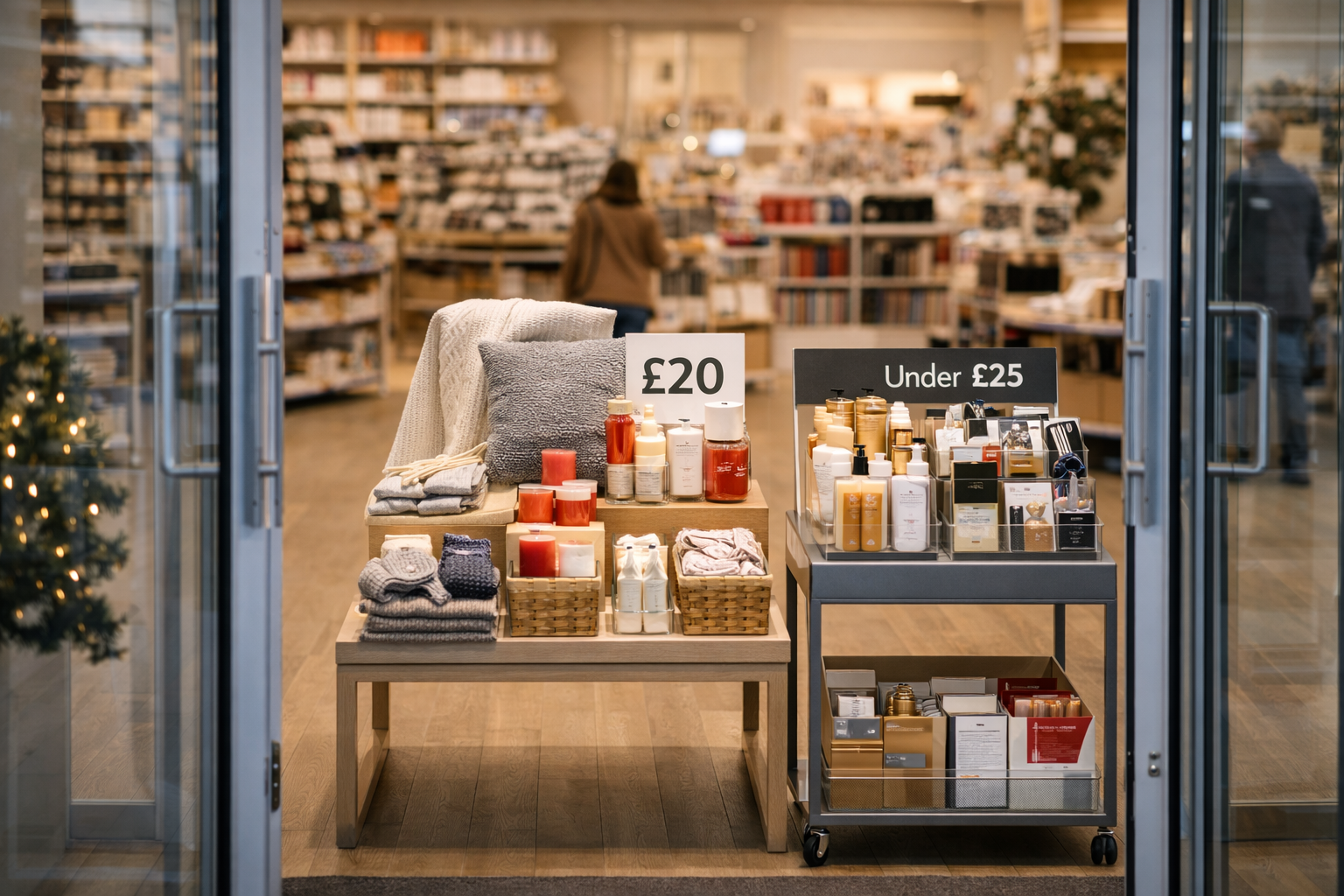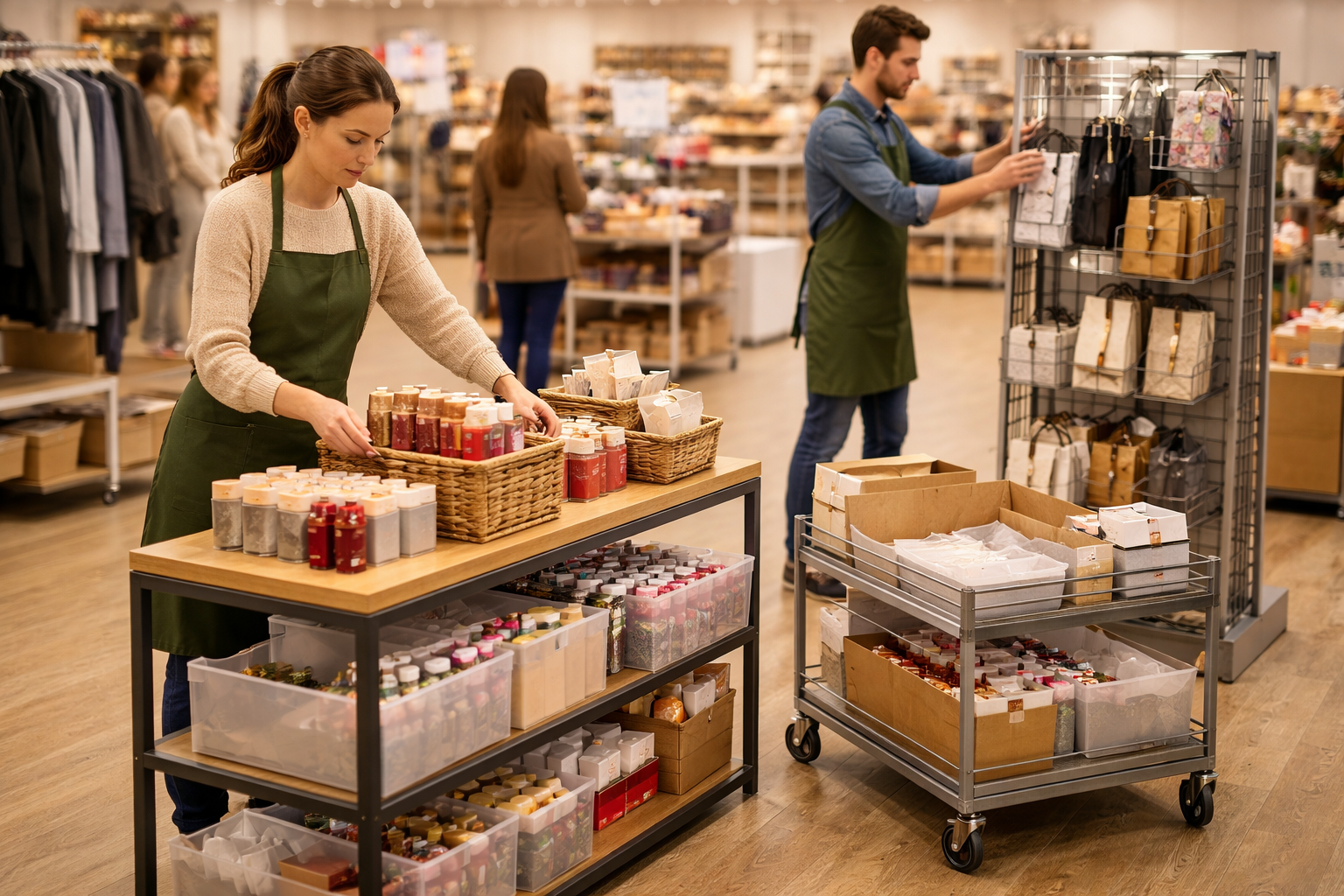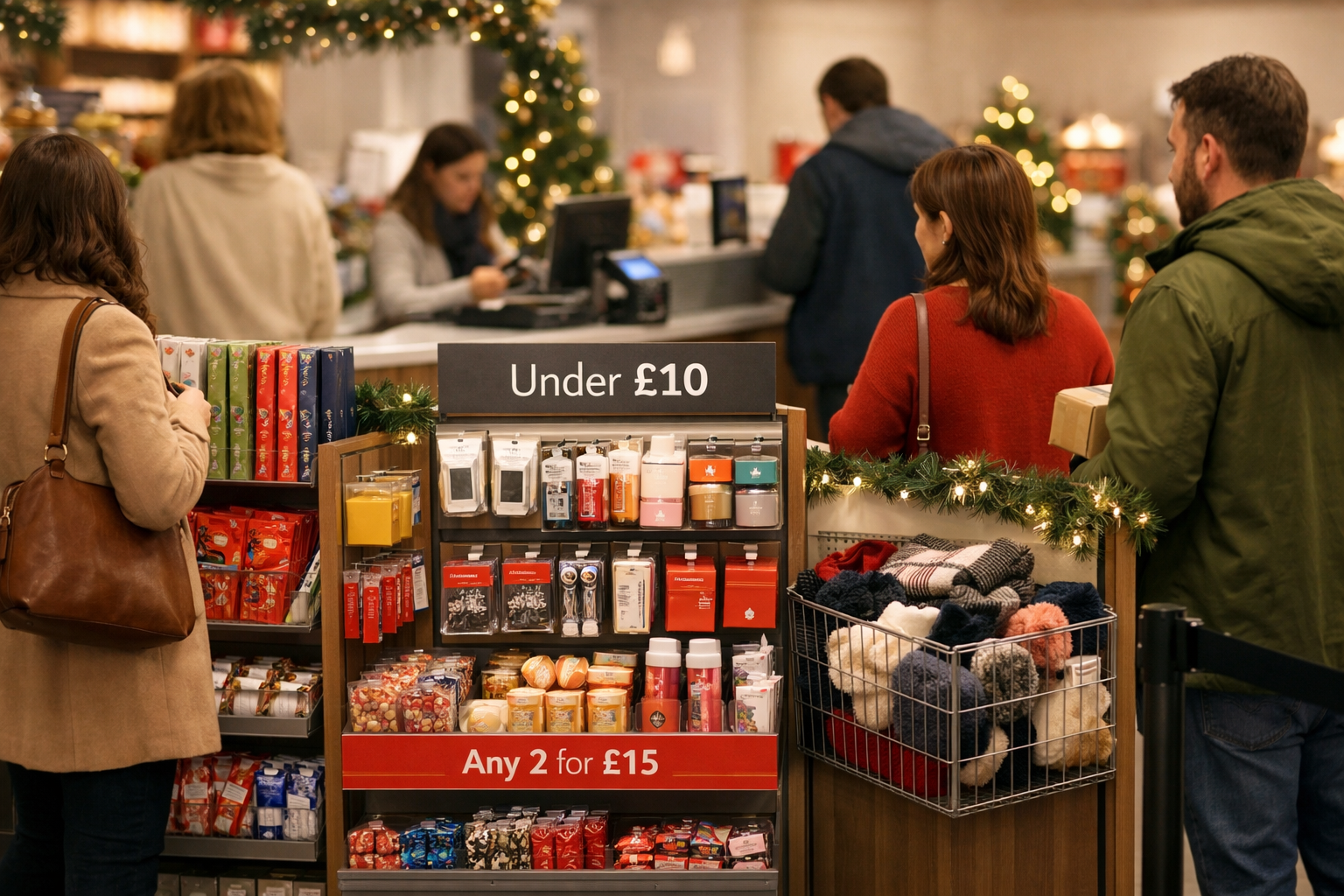The Ultimate Checklist for Starting a New Retail Store in 2025
Posted On: January 14, 2025 By: SEOAdmin

Opening a new shop is both exciting and daunting in equal measures. This is the culmination of your dreams and plans, finally coming to fruition. It is when you get to see the results of your hard work, ideally leading to plenty of customers coming through the door, proving you have correctly spotted a gap in the market. Thankfully, there are some steps you can take to set yourself up for success and this new retail store checklist will guide you through them.
New Retail Store Checklist
1. Define Your Business Concept and Target Market
Before you leap into looking for premises, stock or fittings, it’s crucial to establish a clear retail concept:
- Business Model: Determine whether you’ll focus on high-volume, low-cost goods or a niche, luxury experience, for example.
- Target Audience: Identify the demographics, wants and needs of your ideal customers. Understanding their requirements and shopping behaviours will guide your shop layout, product range and marketing tactics.
- Unique Value Proposition: Pinpoint what sets your business apart from competitors. This could be exclusive products, sustainable sourcing, a personalised shopping experience or anything else that the local market is lacking.
2. Secure the Right Location
Location, location, location is a key success factor:
- Accessibility: Ensure your store is reachable by public transport and has ample parking nearby.
- Foot Traffic: Choose an area with high pedestrian flow if impulse buys are important, or a destination location if you sell specialised goods.
- Neighbouring Businesses: Consider what types of shop are nearby. Being close to complementary businesses can help generate cross-traffic and creates a destination.
3. The Legal Stuff
Compliance with legal requirements protects you and your customers:
- Business Registration: Register your store name and establish a legal business structure (sole trader, partnership, limited company and so on).
- Local Licences: Obtain any necessary trading licences from the local council.
- Insurance: Secure policies for public liability, property damage and product liability for example.
4. Develop Your Financial Plan and Budget
A solid financial foundation helps you work towards stability and a better return:
- Initial Capital: Calculate your startup costs, including deposits, fittings, inventory and marketing expenses.
- Cash Flow Projections: Estimate revenues and expenses for the first 6 to 12 months. This will help you manage stock levels, handle unexpected costs and plan expansions in the future.
- Funding Options: Explore bank loans, investor partnerships or crowdfunding if you require additional capital.
5. Source the Right Fixtures and Fittings
An important element of your new retail store checklist is your fixtures and fittings, which play a crucial role in driving sales:
Shelving and Racks:
- Adjustable Shelves: Provide flexibility for different product sizes.
- Slatwall and Gridwall: Save floor space and highlight feature items in a flexible manner.
- Freestanding Units: Create product zones that can be rearranged seasonally.
Display Tables and Gondolas:
- Feature Tables: Ideal for showcasing new arrivals or promotional offers.
- Gondolas: Perfect for high-density merchandising.
For Clothing Shops:
- Mannequins: Bring outfits to life, demonstrating fit and style.
- Clothing Rails: Keep garments organised and easily accessible.
Point-of-Sale (POS):
- Customer Flow: Position your till in a place that encourages a natural queue without blocking your main aisles.
- Storage and Security: Make sure there is enough space for till rolls, receipt printers, and secure cash handling.
Signage and Branding:
- Exterior Signs: Attract passing foot traffic and reflect your brand identity.
- In-Store Signage: Assist customers with navigation and highlight promotions.
6. Invest in Essential Equipment and Supplies
Beyond fixtures, there are other vital tools for your new shop to function:
- POS System and Software: Ensure you have a user-friendly system that can track sales, manage inventory and integrate with your online platforms.
- Security Measures: CCTV cameras, alarm systems and anti-theft devices to protect your store.
- Pricing and Labelling Tools: Keep your shelves and products clearly labeled to avoid confusion.
- Shopping Baskets and Trolleys (if relevant): Offer convenience and encourages customers to take more to the till
- Cleaning Supplies: Maintain hygiene and a professional appearance.
- Lighting: Modern LED lighting can reduce energy costs and highlight merchandise effectively.
7. Curate Your Product Range
Stock selection is pivotal to your store’s identity:
- Core Products: Stock items that appeal most to your target market and define your brand.
- Complementary Items: Offer related goods that encourage cross-selling and up-selling.
- Inventory Management: Use demand forecasting to predict how much stock you will need and to avoid over-purchasing.
8. Implement a Multichannel Strategy
Today’s customers expect a seamless experience across multiple channels:
- Online Store Integration: Sync your in-store and online inventory to allow customers to shop where they prefer.
- Click and Collect: Provide the convenience of buying online and picking up in-store.
- Social Media and Marketing: Engage customers through social platforms, email newsletters and targeted ads.
9. Focus on Sustainability and Ethical Practices
Sustainability is important to your customers so ensure you are doing all you can to meet their expectations:
- Green Materials: Use recyclable packaging, sustainable fixtures and energy-efficient lighting.
- Ethical Sourcing: Partner with suppliers that are committed to responsible labour and environmental standards.
- Waste Reduction: Implement recycling programmes and minimise single-use plastics.
10. Final Preparations and Grand Opening
Once all elements are in place, it’s time to prepare for your launch:
Staff Training: Equip your team with product knowledge, customer service skills and POS system expertise.
Store Layout: Conduct trial runs to ensure signage, traffic flow and product displays are functioning effectively.
Soft Launch: Consider inviting a small group (family, friends, loyal customers) to test the store before the official opening.
Marketing Buzz: Promote the grand opening through local press, social media and hosting community events.
Put The New Retail Store Checklist Into Practice
This new retail store checklist is a handy guide to opening a new shop. To get hold of the fittings and retail essentials you will need, browse our online shop right now.
Latest Posts
- The Art of the Entrance: Focal…
- Stress-Free Store Swaps: Fast Ways to…
- Queue Zone Magic: How Small Add…
- Creating Urgency: How Limited-Time Displays Drive…
- Managing the Mayhem: Retail Logistics That…
- Black Friday Ready: Visual Merchandising Tips…
- Behind the Scenes: How Efficient Display…
- The Power of Presentation: Gift Packaging…
- Creating Festive Window Displays That Stop…
- How to Prepare Your Store for…



